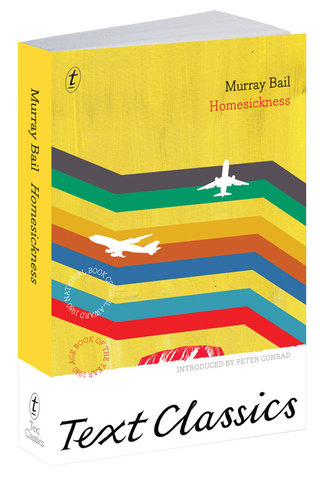Only recommended for travellers who haunt museums and galleries. I read it because I liked Eucalyptus so much.
Inventive for the sake of being inventive. A show-off adolescent kind of clever. More a series of (forced) vignettes than a novel. There is no red line tying all the incidents together. Incoherent, in short, with more than one non sequitur.

Travel and traveling companions. What did Sartre say about other people? He must have met Garry Atlas of this book, loud, leering, and humourless joke-teller. Travel is enough work on its own but in this package tour the thirteen Aussies are always on duty. Noisy, sneering, crude, insensitive, imperceptive, well some of them. Nothing is as good as home, they bellow. They had to leave home to discover that, it seems, especially the beer.
The blind man is the mad photographer though his pictures seldom include the subject. The author is trying too hard to be offbeat.
Yet there is much to like: holographic equations from the science museum and the corrugated iron collection exhibiting its many uses. Then there is the leg museum in Ecuador. The marriage institute in the United States. I left out the Pygmy Collection in Africa. Yes, ‘Collection’ and that confused the travellers, too. ‘Have you ever met an interesting Canadian?’ That is a stumper on page 298. The Ayers Rock nose show, the aside on aerogrammes, the exhibition of extremities, the superfluous chapter on Russia, the centre of gravity, it just got to be show-off stuff, not a story, not a plot, not character development, not a study of relationships. Though I did like the demonstration at Lenin’s tomb, I admit, Comrade.
The reference to airport architecture as Esperanto was good. The same everywhere and soulless. The flag falling onto one of the travellers was cute. Voss is mentioned as if a real explorer along with Leichhardt, Flinders, Cook, etc. I read that one years ago and swore off the sanctimonious Patrick White forever, filing him with Samuel Marsden.
Not as whimsical and enchanting as Eucalyptus but the same motif, a cast of characters with short stories inserted in it making it a novel comprised of short stories or vignettes.
Inventive, yes, but no plot, no story, no character development, no relationship among them. And no sense of place in any of the places. Still a prize winning novel that made his name. Go figure.
The introduction by Peter Conrad is just a summary.
Read it in Darwin, August 2013.
Skip to content
